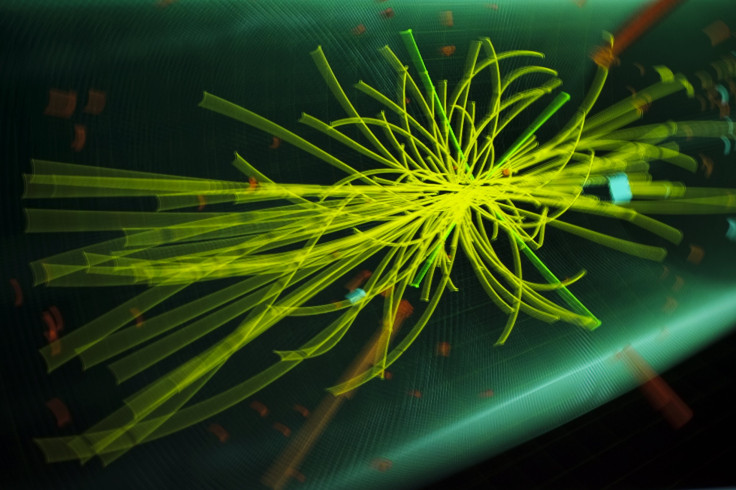Higgs Boson: CERN Scientists Reveal New Details Of The Omnipresent 'God Particle'

The Higgs boson, which is responsible for imparting mass to all other particles, was, for the longest time, a piece that remained missing from the Standard Model of particle physics. Until its discovery by scientists at CERN’s Large Hadron Collider (LHC) in March 2013, the search for the elusive “god particle” had remained a veritable holy grail of particle physics.
Now, more than three years after its discovery was announced, researchers at the Atlas and CMS collaborations at CERN have combined measurements of many of the particle’s observed properties, providing, in unprecedented detail, a picture of the boson’s production, decay and interaction with other particles.
“The Higgs boson is a fantastic new tool to test the Standard Model of particle physics and study the Brout-Englert-Higgs mechanism that gives mass to elementary particles,” CERN Director General Rolf Heuer said, in a statement released Tuesday.
The Standard Model encapsulates our best understanding of how basic building blocks of matter interact. However, this model is still incomplete, as no evidence for a force-carrying particle of gravity has yet been observed. As a result, scientist are constantly trying to find a deviation that might “break” the standard model, pointing toward new, uncharted territories of particle physics.
However, the latest observations, which combined analysis of Atlas and CMS data collected in 2011 and 2012, have only attested to the accuracy of the Standard Model, providing evidence that largely matches with its predictions. For example, according to the Standard Model, when a Higgs boson is produced, it should decay immediately in about 58 percent of cases into a bottom quark and a bottom antiquark -- a phenomenon that the latest study measured with unparalleled precision.
Quarks, the fundamental particles that make up protons and neutrons, come in six different “flavors” -- up, down, strange, top, bottom and charm. Antiquarks are their anti-matter equivalents.
“There is much benefit in combining the results of large experiments to reach the high precision needed for the next breakthrough in our field. By doing so, we achieve what for a single experiment, would have meant running for at least 2 more years,” Heuer added, in the statement.
The LHC, which consists of a nearly 17-mile-long ring of superconducting magnets lying 300 feet beneath the border between France and Switzerland, functions by accelerating beams of protons and ions to near the speed of light. It is currently colliding beams at a record-breaking energy of 13 teraelectronvolts, and scientists hope that these collisions would lead to the creation and detection of new particles that might provide answers to some of the most fundamental questions of the universe.
© Copyright IBTimes 2024. All rights reserved.












